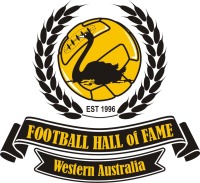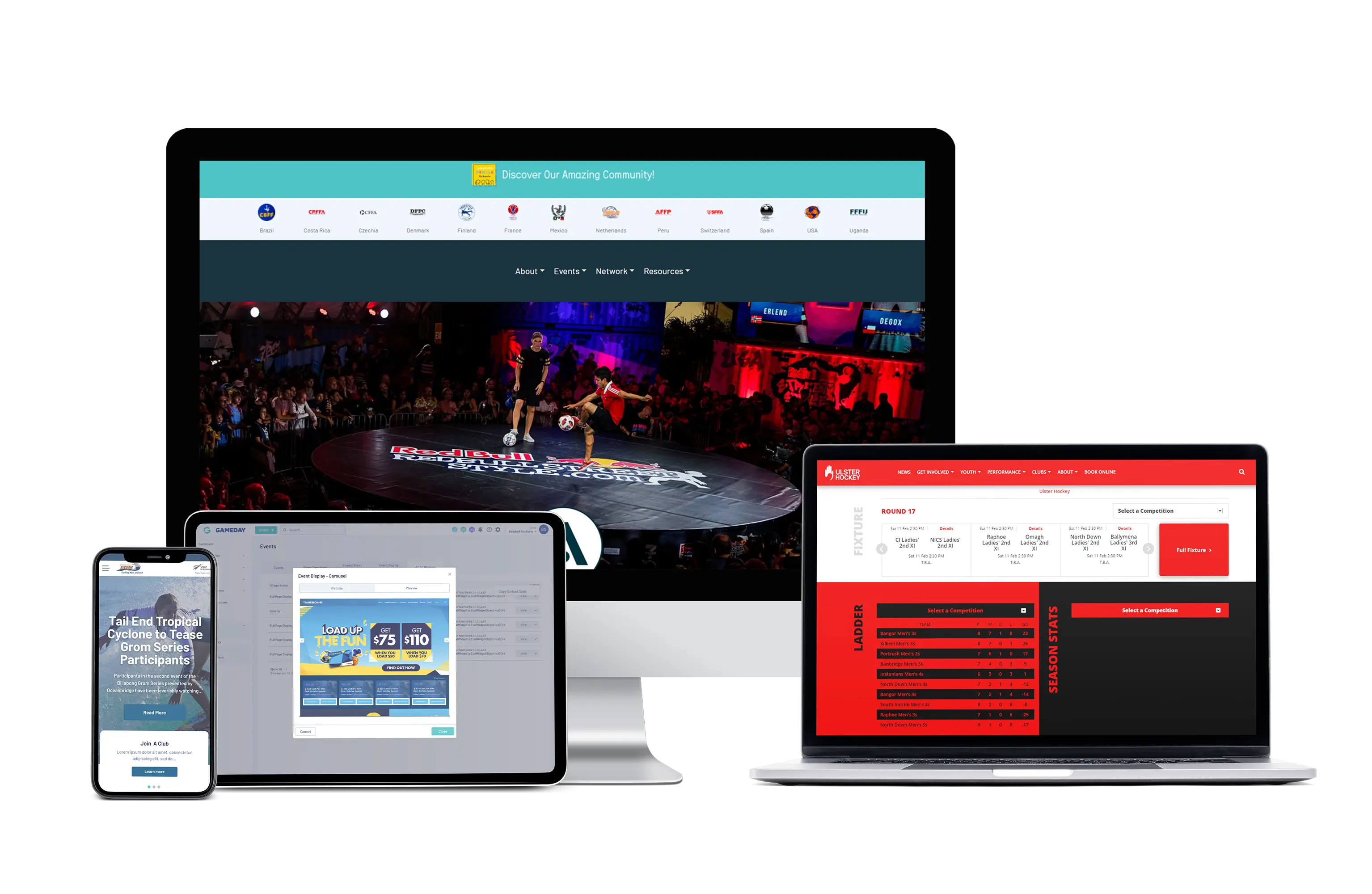From autocracy to new football officialdom
By Richard Kreider
FOLLOWING on from the recent article regarding the 60th anniversary of organised semi-professional football in WA, I’d like to add a timeframe of names and events - for the record.
By the mid-1950’s, ten years after Germany capitulated to end WWII, Australia had received many displaced people to settle downunder. Italians, Greeks, those from the Yugoslav regions of Croatia, Serbia and Macedonia, the Dutch and Polish made up the bulk of the migrants to arrive.
Up until then, and since 1896, football in Western Australia had been run mostly by people of Anglocentric heritage. The WA Soccer Football Association (WASFA) ran the game to the book, but to many ‘new Australians’ the dictatorial behaviour was something they took umbrage to. Similarly around the country, post-WW II football was administered by British-Australians. Initially, they felt the migrants were the filip the game needed – just so long as they joined existing clubs. Instead, they formed their own culture-specific teams, which in due course received less Anglo-Australian support.
“There was a dislike of anything Italian,” said former administrator Julius Re. “The complete (WASFA) board was British, all from the old school.” “The Poms had too much say,” claimed another popular Perth administrator of Italian heritage who sadly is no longer with us.
By 1953 the WASFA was generating a sizeable income from gate takings at their leased ground in Bayswater (currently known as Frank Drago Reserve). The bulk of the takings went back to the clubs, Azzurri receiving the biggest cut given they had by far the largest support base.
The WASFA’s insistence on having the major drawcards at Bayswater Oval generated a considerable amount of resentment. Azzurri being the largest club, were heard shouting the loudest. On top of this, by the end of the 1950’s clubs were paying players, which was in direct contravention to the WASFA charter of being an amateur body.
“Everyone knew what was going on,” said Re. “However, the Association (WASFA) would do nothing. This was the time to start a professional league, with all the remaining clubs in an amateur league.” Consequently, on Monday 11 July 1960 some 50 representatives from eight clubs congregated at the WA Italian Club to vote for a new association and league competition, set to commence the following Saturday. The Western Australian Soccer Federation (WASF) was born, and so too was a new road for WA football. The name was tweaked to Soccer Federation of WA (SFWA) five years later.
The inaugural eight clubs to leave the WASFA and join WASF were: Athena (Greek), Azzurri (Italian), Cracovia (Polish), East Fremantle Tricolore (Italian), Olympic (Greek/Macedonian), South Perth (Anglo-Australian), Swan Athletic (Yugoslav) and Windmills (Dutch). Azzurri emerged as league champions after edging out Windmills on goal difference. Swan Athletic came third, followed by Tricolore, Olympic, Athena, Cracovia and South Perth. Any allegiances the referees might have had with the WASFA was soon tested upon hearing the WASF were paying a match fee of £3 10s, £1 more than their adversary.
The inaugural WASF committee members were EA Edwards (President), Charlie Sweeney (Chairman) and Julius Re as Secretary/Treasurer. Sweeney eventually became the Federation’s inaugural Life Membership recipient in 1964. Re replaced Edwards as President in 1963 and remained in the role until 1971. John Venn took over until 1978, followed by JA ‘Mick’ Lee (1979-82), Joe Lacerenza (1983-88), Hon John Williams (1989-90), Ian Cox/Joe Lacerenza (1991) and Lacerenza (1992).
By the 1980’s-90’s the code endured several administrative challenges (one being a lack of leadership with clubs wanting more say in how the game was run) and ultimately saw the Professional Soccer Federation assume control. This came at a time that was perhaps WA football’s most turbulent period since the mutinous takeover of 1960.
The Soccer Administration of WA (SAWA) was formed in 1990 under the direction of the State Government with the objective of taking full command. Not surprisingly, the SFWA didn’t see eye to eye with the new kid on the block and it took three long years before light started to flicker at the end of a very long tunnel. The SFWA eventually ran out of puff in 1992.
Frank Schaper held the Presidency of a new Professional Soccer League in 1993 and David Schrandt stepped in (1994-95) when the body was now called Professional Soccer Federation. Soccer West Coast emerged in 1996 with Nick MacCallum assuming the Presidential role for two years, J Galal and V Versaci shared the post in 1998 until Schrandt reemerged to take over until 2003.
Former Channel 9 newsreader Russell Goodrick became acting SWC President in 2004 before Football West took full command the same year under the chairmanship of ex-Channel 7 chairman Kevin Campbell AM, who remained in the role until 2010.
With the advent of Perth Glory from 1995, together with greater focus on Futsal, as well as other forms of football, the code appears to be in a happy place right now. And much of the credit of how football looks today goes to the vision and determination of Julius Re.
SFWA TIMEFRAME: Their first official offices opened in January 1968, in Rokeby Road, Subiaco – aptly named ‘Soccer House’. The Federation then moved into Lake Monger Velodrome 22 February 1969 on a 20-year lease at a cost of $250 per annum in rent, paid to the Perth City Council. Their first female staff member was Mirla Bancroft, wife of naval husband Arthur Bancroft who survived the sinking of the HMAS Perth battleship during WWII. Mirla was a tireless worker for the game, who had also assisted the amateur body during its infancy. The next female to join SFWA was Betty Hlavacek who became appointed as full-time secretary in November 1974.
With SAWA preparing a five-year plan (1991-96) for a central unified administration for football, SFWA moved to temporary offices at 663 Newcastle Street, Leederville (in August 1990). The writing was on the wall for SFWA in 1992 when they withdrew their membership from SAWA, who had just signed a five-year lease with the City of Perth to be at Perry Lakes Stadium until March 1997. They were later granted an additional five-year extension.
By 2004, blueprints had been drafted, decisions developed and soon to be implemented in all aspects of the world game in Western Australia. The bottom line was to have all facets of football embraced and controlled under the one roof.
In 2005 the Western Australian Soccer Association was trading as Football West and in full control of Western Australian football.
*Richard Kreider is WA's leading football historian and has written three books on WA football - A Soccer Century; The Soccerites; From Paddocks to Pitches.
PIC ONE: The 1966 SFWA Board of Control - Rear l-r: Wally Frey, D Indermaur, J Laws, Leo Dols, John De Ceglie, B Collins. Front: Ralph Booth, Julius Re, Jud Sterner.
PIC TWO: Julius Re at a recent Foothall Hall of Fame WA event with daughter Elizabeth and (left) Hall of Fame Patron Julian Burt and former Soccer West Coast President Russell Goodrick.












Comments
Comment Guidelines: The SportsTG Network is made up of players, families and passionate sports followers like you who have a strong opinion about sport. That's great - we want you to have your say and share your thoughts with the world. However, we have a few rules that you must follow to keep it fun for all. Please don't be rude, abusive, swear or vilify others. Apart from some pretty serious sport sanctions, we also can ban you and report you if things get out of hand. So play fair and have fun, and thanks for your contribution.